
As you climb to the top of a viewpoint and look over the vast valley below, it’s not uncommon to have some kind of epiphany. Mountain biking tips to improve your riding can also help you in this thing we call life. The quiet serenity of nature often spurs the mind to ponder life’s deepest mysteries. Here are a few to think on during your next singletrack adventure.
Going Through/Over the Obstacles Versus Around

I can remember the time when this exact thought came to me a couple years ago, and I’ve often been reminded of it in other experiences while riding. I was ascending the Mill Creek trail in the Tetons and trying to get up or around a large, knobby rock. I tried to go around it, but my tire kept getting caught. Finally, I backed up far enough to get momentum, headed right towards the center of the rock, lifted my front tire, and up and over I went!

Sometimes we can get so caught up with a line that we think is the best and most logical route that we don’t see the simplicity in just going through the obstacle. In life, challenges, problems, and obstacles come our way, or we go to them. How do we face them? They’re all different, but it can often be easier just to face them head on than to avoid or take a seemingly easier path.
Momentum Makes Challenging Sections Easier

In addition to knowing how to read lines, if you take a technical section too slow in the attempt to be cautious, you can inadvertently wreck – the exact thing you were ultimately trying to avoid. When you hit obstacles and technical sections with a higher rate of speed, you can actually improve your stability.

This is a combination of confidence and reading the line. It can be tough to let go of the brakes and just let your bike or your life take you for the ride. But when you do, you’ll find that those difficult experiences fly by a lot quicker and aren’t as bad as they seem.
Keep a Consistent Cadence

Have you noticed that when you’re climbing and stopping constantly, it’s actually more difficult? When you climb at a consistent pace, versus stopping then pedaling hard, you don’t wear out as quickly. We experience a lot of struggles and challenges in life. Instead of slowing down and questioning your ability, face the difficulties without hesitation.

You can’t possibly last long when stopping and starting all the time. Inconsistent motivation only becomes more exhausting. I think in both life and in riding, we become conscious about our speed, so we try to step it up, only burning ourselves out and feeling less prepared and capable of tackling challenges when they arise.
Look Where You Want to Go
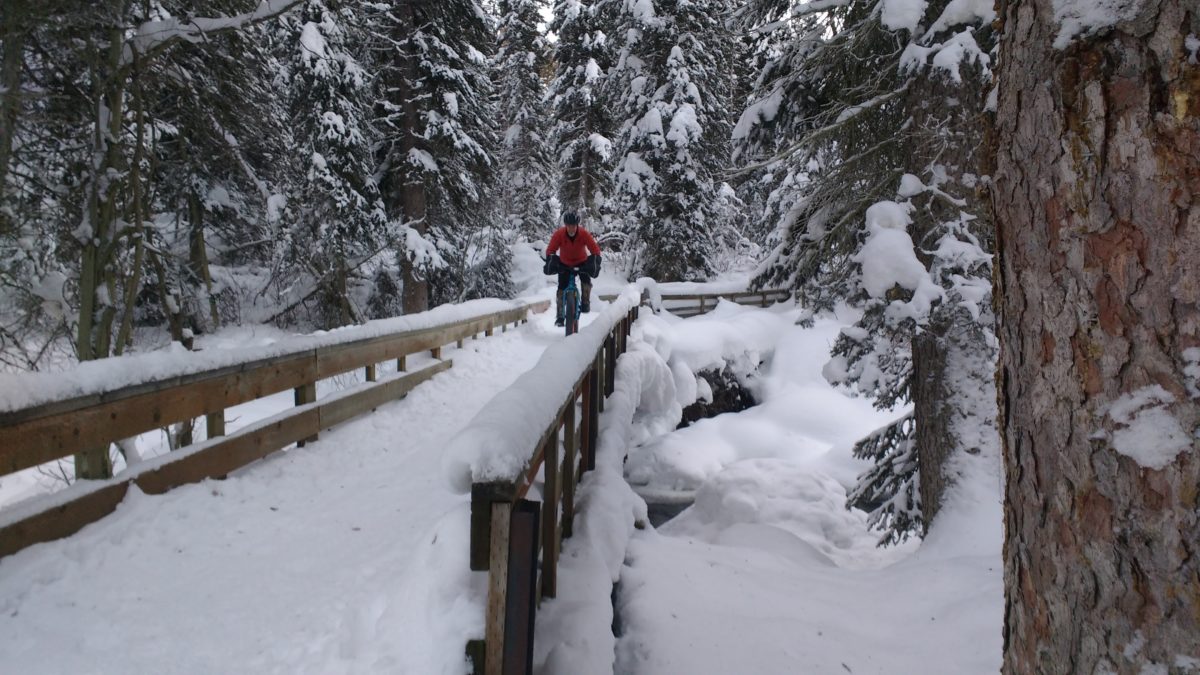
If you are riding across a log bridge and you look at the creek, you’re probably going into the creek. If you grow up saying you don’t want to be like your parents, you’re probably going to be like your parents. It’s simple – wherever you look is where you’re going to go, even if it’s where you don’t want to. If you don’t want to go towards something, whether a tree or a habit, don’t look towards it – set your sights on who you want to be and where you want to go.

Switchbacks on the trail are a prime example. Looking at the switchback and you’ll take it too shallow and have to slow down or slip out and not be ready for the next obstacle. When going into a switchback, look past it and let your bike do the rest. You’ll see any rocks, logs, or uphill ahead and have the momentum to keep going.
The Monuments in Your Mind Are Only Small Hills

Ah, you’re looking ahead and see where you are planning to go… or maybe where someone is taking you for the first time. “We have to get up there?!” Yes. We see how far we have to go and think “I can’t get up there!” But you can. We limit our thinking when we become consumed with where we have to go instead of just going and enjoying it. Do what you know – pedal, negotiate obstacles, stay hydrated and energized, and keep pedaling. Before you know it, the ride will be over and you’ll be wishing for more.
The way we see the problem is the problem.
– Stephen Covey

So maybe in your life, you see some huge monument – I know I do in mine. How do we view those? Do we see them as unavoidable? Perhaps we want to bail on the idea of facing them at all. Or do we see them as only the first step? Long endurance rides are the best example of this. There are numerous climbs and whatever else that waits to defeat us. In the Gravel Pursuit, I committed to riding the whole 120 miles on the only bike I have: a fat bike. Pretty quickly into it, I stopped counting the miles and just focused on pedaling up the hill in front of me. It took me all day–13 hours–but I finished. Looking back it’s almost a blur, but I still have that sense of victory.
[see_also id=”204282″][/see_also]
The Harder You Climb, the Greater the Reward

I’ve found when climbing that the more consistent my pedal stroke and the harder I go, the easier it is. It’s hard to go slower than my personal comfortable pace. I see some who just crawl up a hill, erratically stopping, pushing their bike, and taking a breather. What they don’t realize is they’re making it harder on themselves. Our body works best at a consistent pace (see “cadence” above). You can rest at the top, but while you’re climbing, keep going! The reward is that you feel better. You feel better about the effort you put out – perhaps you set a new personal record for yourself on that trail. And you feel better about the whole ride, knowing you gave it your all.

The mind works the same way – when we push ourselves beyond our comfort levels, we can open numerous doors in life. At times, we can go through struggles (the climb), but the harder we push through it, the more momentum we build and the better we feel about the whole experience.
Slow Down, Enjoy the Beauty

Why are you out there? Why nature? Why not ride your bike indoors on a trainer or on a stationary bike? Oh, right. For the fresh air, scenery, and experiencing the wild. So, stop and enjoy that. When you see something that captures your attention, stop to appreciate it–from the small, blooming aster to the snow-capped peak in the distance.

Just like it’s easy to get caught up in the hard uphill pedal or the thrill of the downhill, you can also become consumed in the day-to-day tasks without appreciating the beauty around you. Living in beautiful Teton Valley, Idaho surrounded by three mountain ranges and close to Yellowstone and Grand Teton National Parks, I have a lot of beauty around me. However, I noticed that the majority of people “get used to it” and forget why they chose to live in such an incredible place. Don’t take the scenery around you for granted. Find beauty in the little things.
Have Fun!

Lastly, don’t forget to enjoy biking. It’s supposed to be fun! Like the previous point — remember why you’re doing it. To get some fresh air, scenery, and have a blast. So go do that and forget about the rest of life for a minute. Furthermore, what’s the point in living if it isn’t enjoyable? So many people go through their day to day lives in a state of constant misery, without direction, and burdened by everything in life. Whatever you’re doing, have fun!
Your Turn: How have you compared the everyday life to your mountain biking adventures? If there’s a comparison we left out, share it in the comments below!




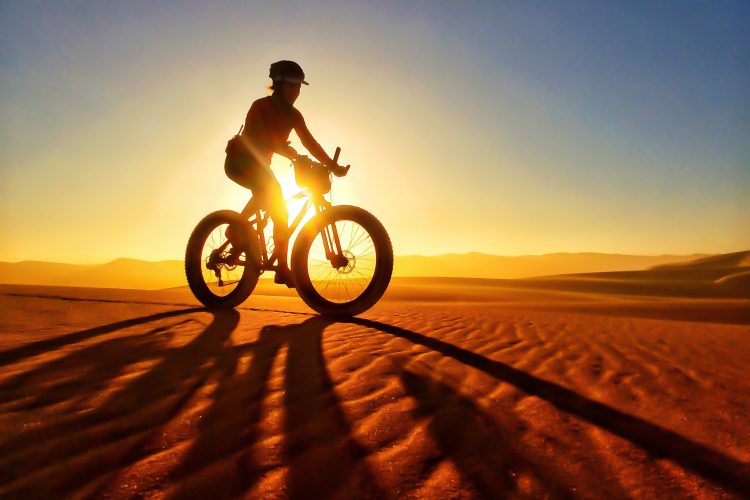

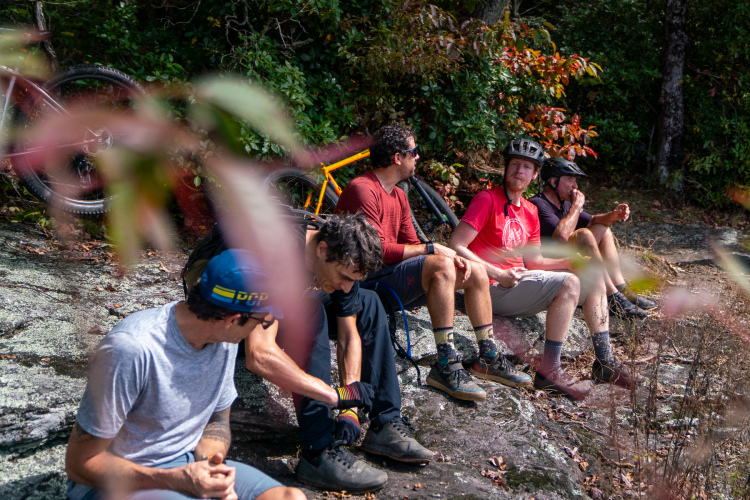
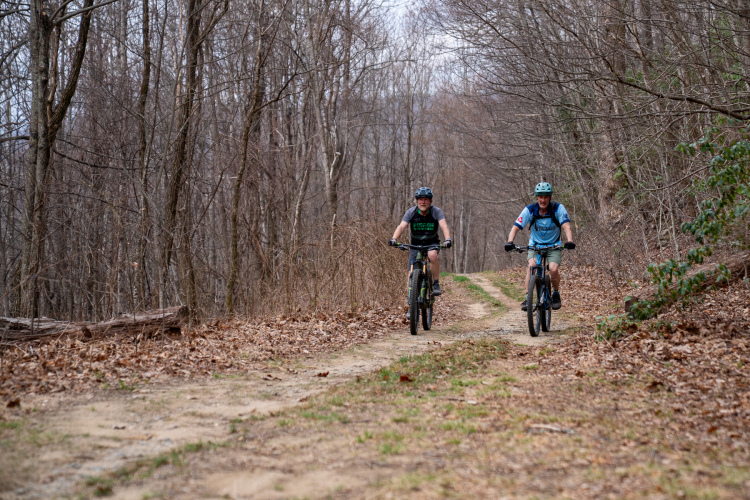
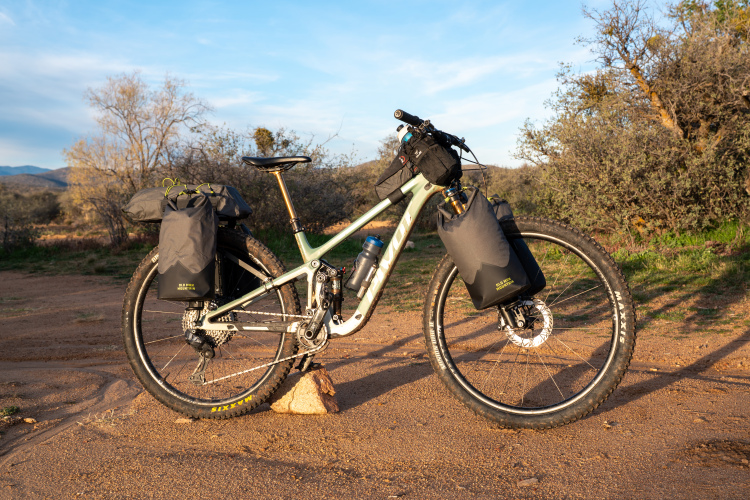


2 Comments
May 8, 2017
Flying Dog is in Park City, not Provo.
May 8, 2017